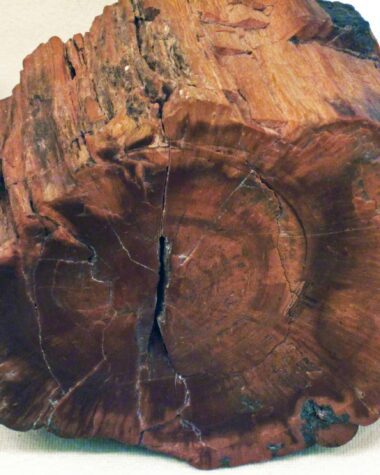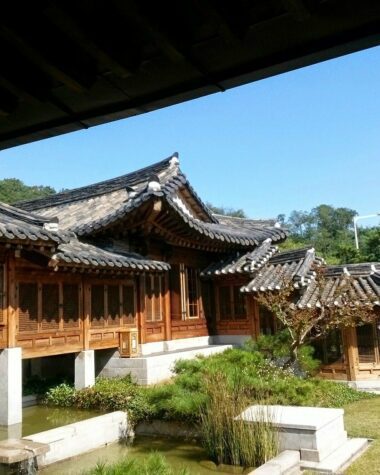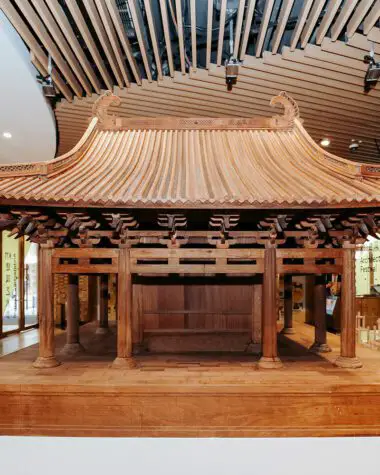What first pops up to your mind when people mention Roman influences? Let’s talk about their contributions to the woods industry this time. While most historical architectural contributions of the Roman Empire were made of natural stone, the foundation of these structures was made using very strong and reliable wood. No doubt that using wooden structures such as wooden scaffolding is still a popular technique nowadays.
Study: Ancient Rome had Long-Distance Wood Trade
A recent study in the journal PLOS ONE discovered that the Ancient Romans relied on long-distance wood trading to build their historical structures. According to a historian, many of Rome’s acquired countries experienced deforestation, which forced rulers to move their armies farther away in search of wood.
Meanwhile, Mauro Bernabei from the National Research Council in Italy found in their study that Romans were highly advanced in their trade network in the past. Bernabei and his team analyzed 24 samples of oak timber planks extracted underground when a new subway line began construction in 2014-2016.
The wood originated from a Roman portico, a beautiful walkway leading to the entrance of a building discovered in the Via Sannio gardens that previously belonged to a rich and ornately built home.
The research team used dendrochronology to determine historical and environmental events in the past by measuring the tree-ring widths. Scientists can learn a lot from growth rings, including the tree’s lifespan, rain and drought patterns, and the weather conditions in the past. Like a fingerprint, each tree’s ring pattern is distinct, yet nearby trees may share some characteristics.
After running some statistical tests and measuring the width of the tree ring, the study successfully dated 13 out of 24 recovered oak timber. Their discovery unlocked the next step to compare their dated planks to oak from the Mediterranean and central Europe, where the Romans went looking for timber.
They learned that the wood samples from the Roman portico’s boards originated in eastern France’s Jura mountains, more than 1,000 kilometers away. Additionally, 8 of the 13 samples included sapwood, leading the researchers to deduce that all of the planks were from nearby trees and that the trees must have been felled between 40 and 60 A.D.
The researchers theorize it is possible that either the ancient Romans or their traders sent the oak floating down the Saône and Rhône rivers in modern France. From there, they think the wood was brought to Rome through the river Tiber and over the Mediterranean Sea, but this is only a theory.
The Amazing Woodworks in Pantheon

Visit Rome today, and you will surely be amazed at the beauty of the Pantheon. Historians say that when Michelangelo saw the Pantheon, he declared that it was made with angelic and not human design. Unsurprisingly, anyone who looks at this majestic structure will be left in awe. Given the extraordinary beauty, another aspect that makes Pantheon popular is because of the stunning wood pieces inside it.
As you enter the Pantheon, you might easily compare it and the U.S. Capitol structure. Both structures have large domes. However, the Pantheon is more than 142 feet in diameter, while the capitol dome is barely 96 feet.
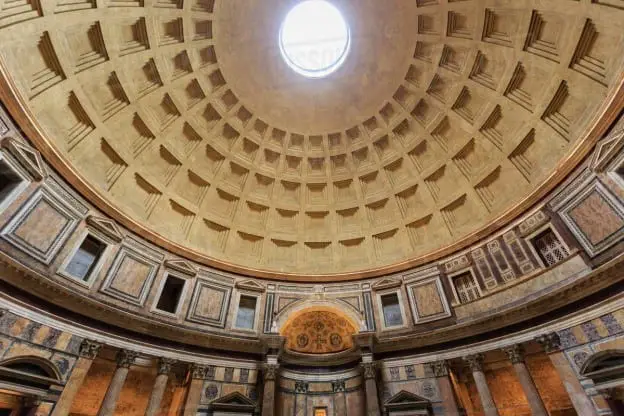
The Pantheon dome, the biggest dome ever for more than 1,300 years, is the biggest unreinforced dome in the entire world. Anyone will be amazed by how this dome was positioned.
This dome was raised from the piers by eight-barrel vaults in the drum wall. The curtain wall along the side of the enormous niches is lowered to 7′- 4′′, although the entire width at the piers is around 20′-4′′. The base of this dome is 19′ 8′′ thick, while the top is 5 feet thick.
The dome contains a 27-foot-diameter oculus. The first of the seven exterior rings that the woodworkers constructed is located in the middle of the main wall. Despite the lack of highly accurate devices, Romans were exceedingly exact in their measurements. It enters the following ring at the height of 7′ 6″.
The remaining six step-rings range in size from 2′ to 6′′ and are stacked one on top of the other. Most likely, each ring took long enough for the cementing materials to thoroughly set and dry before supporting the following above ring.
Carpenters may have built a seven-story wooden beam scaffolding arrangement. This used to support the upper dome’s round portion, which formed the coffers that resembled waffles. According to its design, the dome is a marvel of woodworking and architecture that couldn’t have been built without rebar.
Romans Wooden Dwellings
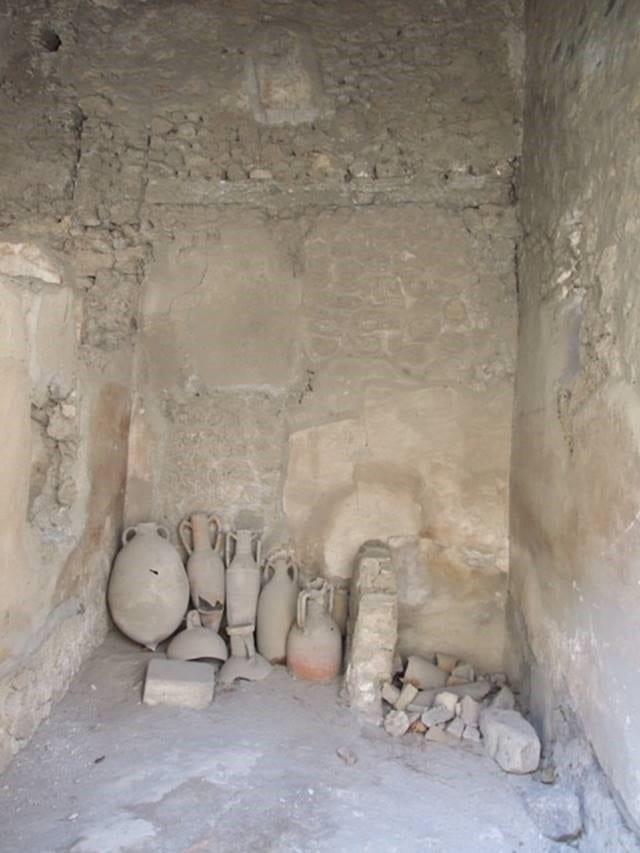
The ancient Roman dwellings also displayed their mastery of architecture and woodworking. Its empire was enormous, resulting in many housing types. Generally, there were two types of houses in Italy. In big cities like Rome, the typical Roman would have resided in an insulae, a building resembling an apartment complex or housing development.
These were typically four-story or five-story high-rise tenement buildings with one or two rooms in each house for low-income families. This house had little order and was primarily made of brick and wood. Thus, the majority of these structures posed a fire risk. The wooden constructions were sometimes referred to as death traps and posed a risk for accidents.
On the other hand, Romans with high ranks in the government, who were doctors, generals, businessmen, and members of the royal family, lived in opulent housing called villas or domus.
Owners of domus typically paid carpenters and woodworkers for construction with one or two stories. An atrium was a standard feature of a home, followed by an early Greek open courtyard. These frequently displayed beautiful objects made of wood and stone. These gardens would probably have statues, water features, and seating spaces.
Larger rooms in villas sometimes opened onto the courtyard and included many rooms. A triclinium with three couches, a dining room, a tablinum, or an office-records room might be present. The back part of a large residence would often include a kitchen, a storage room, and restrooms.
Final Thoughts
The ancient Romans were organized, clever, and ingenious individuals committed to learning new knowledge and skills in using wood. Different architectural structures from the time of the Ancient Romans provide evidence that woodworking as commerce and art flourished at that time.



